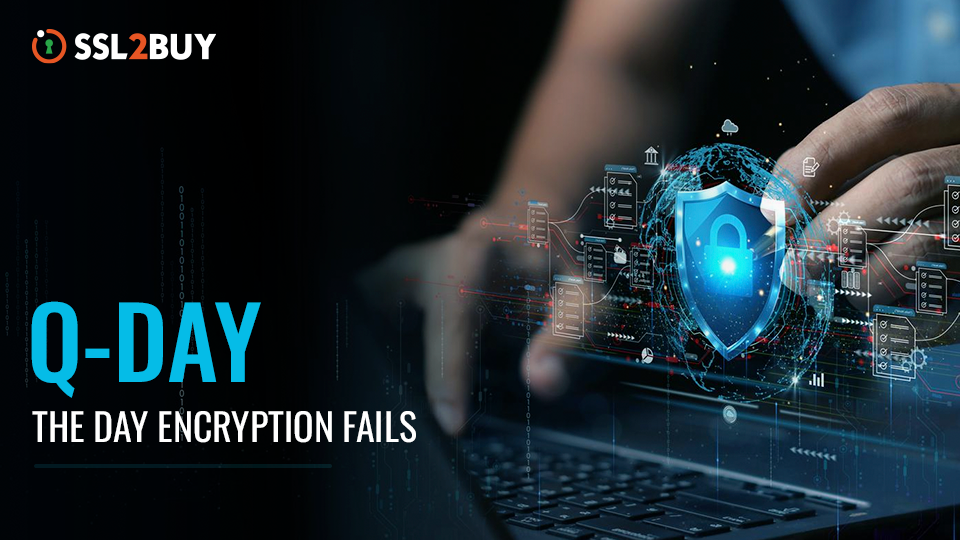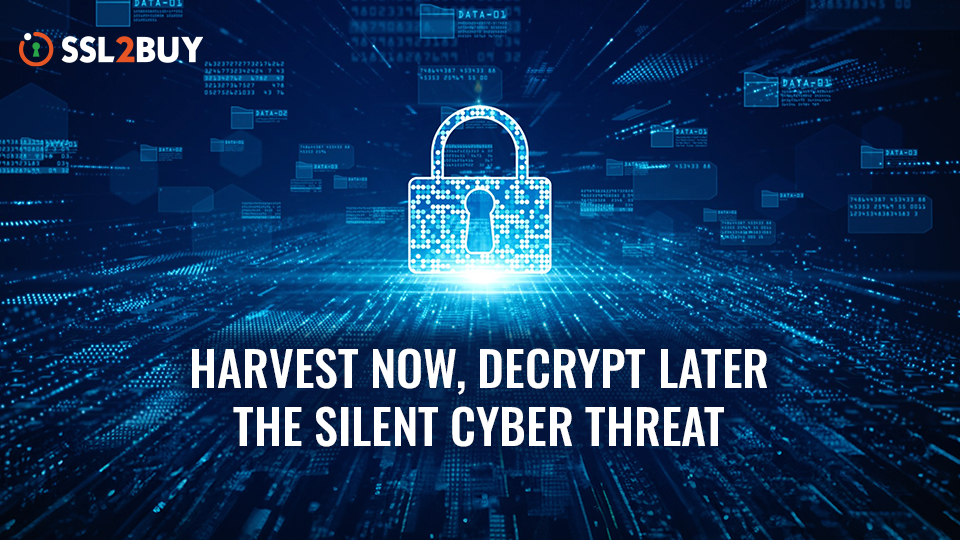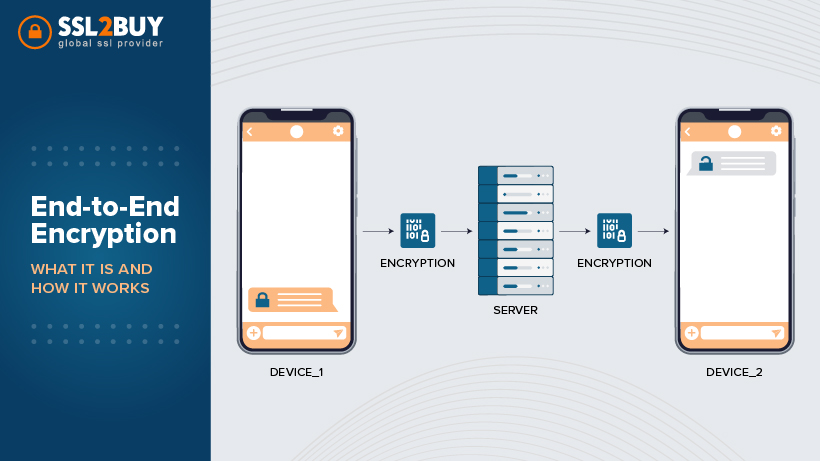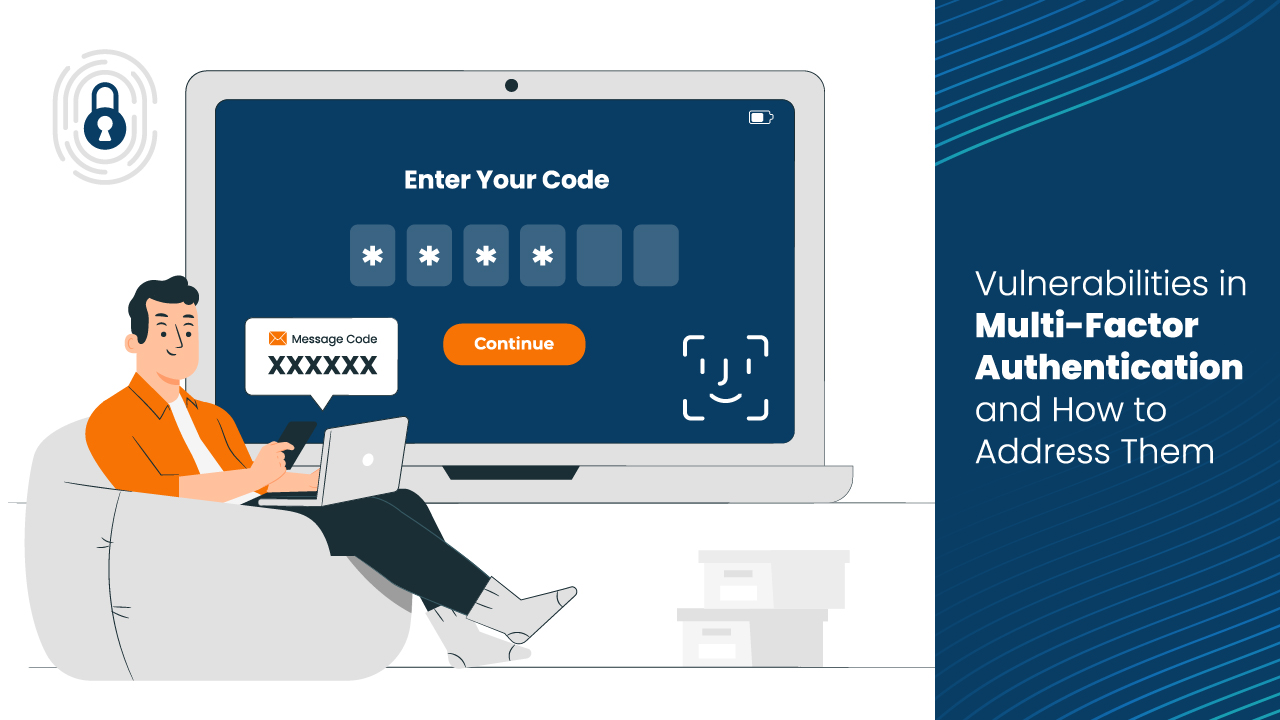
How Q-Day Threatens Modern Encryption and Demands Cybersecurity Readiness
Whispers in the cybersecurity world often carry weight, but few terms evoke as much unease as Q-Day. This is the name given to the day when quantum computers become powerful enough to break the cryptographic systems we rely on today. It is not a science fiction scenario that is spoken of, but a ticking clock that experts and governments are quietly watching.
While headlines may oversimplify the matter, Q-Day is a very real concern because the foundations of modern security, from banking systems to national defense, rest on encryption standards that quantum advancements could one day dismantle.
What Is Q-Day?
In simple terms, Q-Day is the day when encryption methods like RSA and ECC that are widely used for banking, emails, authentication systems, and secure browsing could be rendered useless. The reason this matters is that these encryption techniques rely on the computational difficulty of problems such as factoring very large numbers, something that classical computers struggle with. Quantum machines, through algorithms like Shor’s, are designed to solve those problems much faster.
Researchers and governments already regard Q-Day as a pressing and tangible concern, although the exact date of Q-Day cannot be predicted. Some estimates place it a decade away while others suggest its arrival could be much sooner. Even more significant is the uncertainty itself, as data encrypted and stolen today may be stored only to be decrypted later once quantum capabilities become available. That possibility shifts Q-Day from being a distant concept to a current risk that already influences how data security is thought about and planned.
Why Q-Day Is a Genuine Threat?
Skeptics sometimes ask, If quantum computers strong enough for this do not exist yet, why the worry? The answer lies in data longevity and the “harvest now, decrypt later” strategy.
Attackers do not need quantum machines today to make use of them tomorrow. Sensitive data can be stolen now, stored, and decrypted once quantum technology matures. It is similar to how attackers already exploit spear phishing attacks and other long-term data theft strategies. This matters because medical records, defense contracts, personal identifiers, or trade secrets often hold value for decades.
Additionally, national intelligence agencies and criminal groups are assumed to already be engaging in such harvesting. By the time Q-Day arrives, it will not be the beginning of the problem, but the unsealing of years of stolen data. That is why preparation is framed not as panic, but as prudence.
The Impacts on Modern Cyber Defense
Every area of cybersecurity has some or the other implications from Q-Day. Breaking of public key encryption or Public Key Infrastructure (PKI) is the most obvious impact that is going to be seen. This not only underpins the online communication but also digital signatures, secure updates and certificate validations. If those foundations are broken, attackers could impersonate websites, intercept data, and manipulate transactions without leaving obvious traces. In practice, this would mean the collapse of trust in digital communication channels.
For defense teams, the shift forces a rethink of strategies that have been in place for decades. Cyber defense today often focuses on patching vulnerabilities, managing access, and detecting anomalies. But with quantum decryption on the horizon, protection moves toward rebuilding the very core of secure communication. The change also introduces challenges in data lifecycle management. Sensitive files that are considered safe under current standards may no longer remain safe for long. Think of medical records, defense blueprints, or government archives that must remain confidential for decades, they are suddenly exposed to a “store now, decrypt later” risk.
Organizations that delay adaptation risk encountering both legal and security consequences. Since this shift will not be optional, regulators and industries will be forced to set new baselines if quantum computing renders current protections ineffective. That threat directly affects standards like PCI-DSS, HIPAA, and GDPR, which depend on strong cryptography to guarantee privacy and compliance. Clearly, the impact stretches into compliance and regulation.
Preparing for a Post-Quantum World
Preparation also involves assessing the data that an organization currently protects. Information with a long shelf life such as personal identifiers, intellectual property, or government intelligence, is at higher risk. Mapping out where such data resides, how it is transmitted, and which encryption protects it helps prioritize migration efforts. Businesses that know their weak points will be better positioned to switch quickly when quantum-safe solutions are available.
Being prepared for post-quantum world is not just a single action but an ongoing strategy that combines monitoring, migration and adaptation. Resilience can be built by businesses with gradual deploying, testing and evaluating these solutions. These strategies give organizations the ability to start adopting protection without fully replacing current systems. Vendors and research groups are already experimenting with hybrid models that mix classical and quantum-resistant encryption. Another part of preparing is testing.
National and Industry Response to Q-Day
Governments, standard bodies and critical infrastructure providers should also be prepared along with private enterprises. Especially, national security is deeply intertwined with cryptographic resilience.
Some nations have already begun building national quantum strategies, funding research into PQC, and encouraging industries to prepare roadmaps. Big tech companies, too, have initiated early adoption tests. Google, Microsoft and Cloudflare, for example, have all experimented with post-quantum TLS protocols in real-world settings.
Fragmented standards could result in confusion, inefficiencies or even weaker protections. That’s why a coordinated effort is required to determine how seamless the transition is.
The Psychological Barrier in Quantum Readiness
Technical challenges are easier to discuss, but the human dimension must not be ignored. Q-Day, like many distant threats, suffers from the “not today” problem. If no visible impact is seen now, urgency feels misplaced. Cyber defense professionals must fight against this complacency. Waiting until the crisis arrives is the most expensive path that an organization can take. This can be clearly learnt from incidents like Y2K, ransomware and pandemic unpreparedness. Convincing boards, stakeholders, and even everyday employees about quantum risk is as critical as deploying new algorithms.
What Organizations Can Do Today
There are practical steps that organizations can take right now to reduce future risks.
- One immediate action is to adopt a mindset known as “crypto agility,’ a principle closely tied to certificate lifecycle management. This means building systems that can quickly swap encryption methods without needing a complete redesign. Organizations with crypto-agile systems will find it easier to adopt post-quantum algorithms when they are finalized.
- Another step is data classification. By labeling and ranking data based on sensitivity and required lifespan, businesses can identify what needs stronger protection now. Data that will still matter in 10 or 20 years like legal contracts, health records, and research findings, should already be considered vulnerable to quantum threats. Encrypting such data with interim solutions or limiting exposure reduces the risk of it being compromised in the future.
- Security teams, executives and even employees need to understand what Q-Day represents and how it might affect business continuity hence, investing in education and awareness is equally important. A culture of learning should be built to drive change with training programs, workshops or even internal discussions around quantum security.
- Lastly, organizations should keep an eye on vendor roadmaps and security partners. Many technology providers are already building post-quantum features into their products. Partnering with vendors who are actively preparing helps ensure smooth adoption later.
Q-Day and the Next Phase of Cryptography
Often framed as a looming crisis, Q-Day itself can also be understood as a catalyst for progress. Old systems will not just be broken by quantum computing, but innovation will be pushed toward infrastructures that are more secure, resilient, and adaptable. Collaboration between governments, academia, and industry is already being driven by post-quantum cryptography in ways rarely achieved by traditional security.
Looking beyond the fear, organizations can treat Q-Day as an opportunity to future-proof their operations. By adopting flexible security frameworks and building awareness, businesses may even gain a competitive advantage. Customers, partners, and regulators will all look for evidence that an organization takes long-term security seriously. Early movers who integrate post-quantum readiness into their operations can demonstrate leadership rather than scrambling when the shift becomes unavoidable. Q-Day represents the natural cycle of technology where innovation disrupts stability and forces adaptation. Quantum technology will redefine security expectations just like the internet changed physical businesses and cloud computing reshaped on premise infrastructure.
Conclusion
Q-Day may be dismissed as a buzzword, yet beneath it rests a pressing question: in a digital age where traditional cryptography fails, how is trust preserved? Not only cryptography but foresight will be tested by the years ahead. Hype is not what today’s preparations answer to, but the demand for decades-long resilience. For science, quantum computing is a breakthrough, but for security, it’s becoming a reckoning. The timeline may remain uncertain, but the need for readiness is not. In cyber defense, the future always arrives faster than expected.




